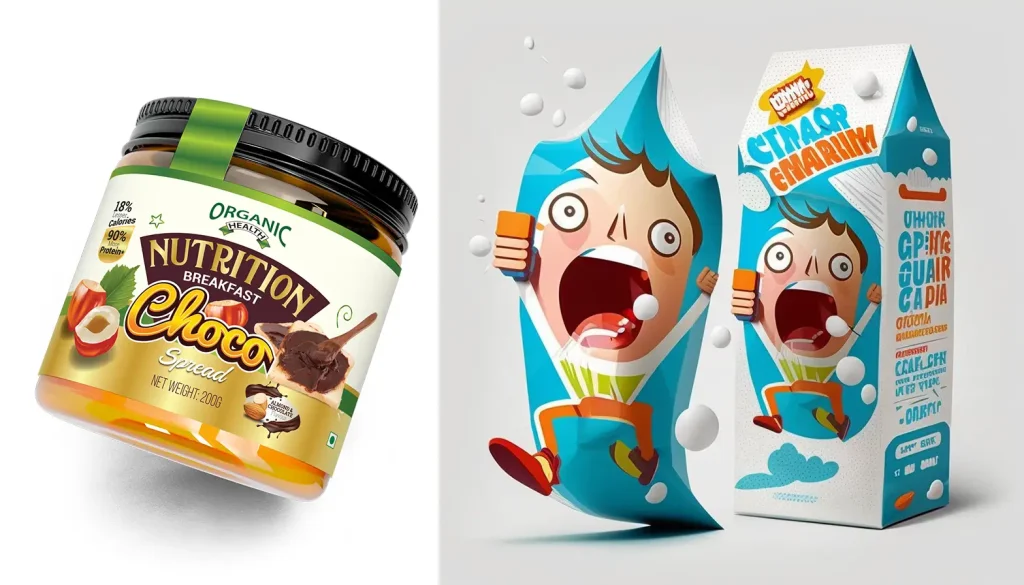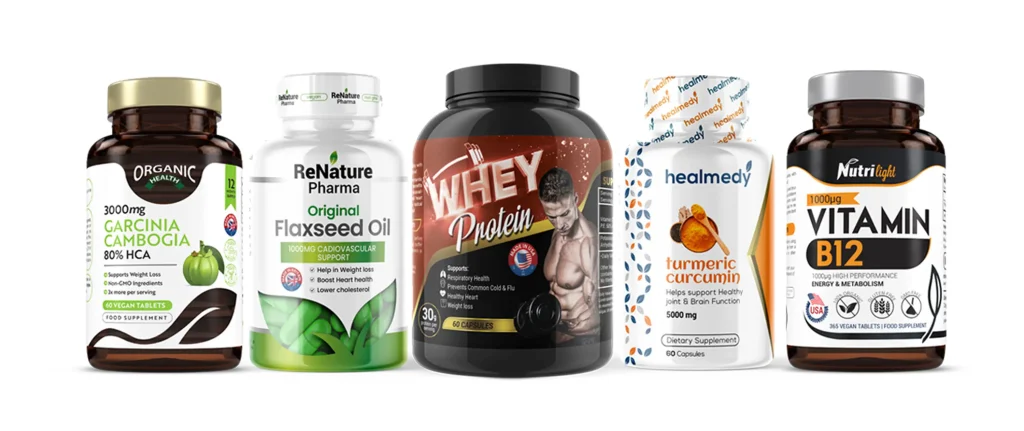Innovative Packaging Materials: Transforming the Future of Packaging
The packaging industry is evolving rapidly, driven by the need for sustainability and innovation. New materials are being developed to meet these demands, offering solutions that are not only environmentally friendly but also enhance product functionality and aesthetics. This blog explores some of the most innovative packaging materials on the market today, their benefits, and how they are shaping the future of packaging.
Table of Contents:
Biodegradable plastics are designed to break down naturally in the environment through the action of microorganisms.
- Examples:
- Polylactic Acid (PLA): Made from fermented plant starch, commonly used in food packaging and disposable items.
- Polyhydroxyalkanoates (PHA): Produced by bacterial fermentation, used in medical devices and food packaging.
- Benefits:
- Reduce long-term pollution.
- Derived from renewable resources.
- Suitable for composting and other waste management processes.

Edible Packaging:
Edible packaging is made from food-grade materials that can be safely consumed along with the product.
- Examples:
- Seaweed-Based Packaging: Used for wrapping foods like sandwiches and sushi.
- Starch-Based Films: Utilized in packaging for snacks and single-serve items.
- Benefits:
- Eliminates packaging waste.
- Provides an added layer of convenience for consumers.
- Enhances the overall product experience.

Recycled and Upcycled Materials:
Recycled materials are made from post-consumer waste, while upcycled materials are repurposed from other products.
- Examples:
- Recycled Paper: Commonly used for cartons and boxes.
- Upcycled Fabrics: Used in creating durable packaging for luxury goods..
- Benefits:
- Reduce the demand for virgin resources.
- Minimize waste and lower environmental impact.
- Promote a circular economy.

Advanced Composites:
Advanced composites are made from a combination of materials to enhance strength, durability, and functionality.
- Examples:
- Fiber-Reinforced Polymers: Used in packaging that requires high strength-to-weight ratios.
- Nano-Composites: Provide barrier properties to protect against moisture and gases
- Benefits:
- Enhance product protection.
- Extend shelf life.
- Reduce the overall weight of packaging.

Benefits of Innovative Packaging Materials:
- Environmental Impact:
- Reduce waste and pollution.
- conserve natural resources.
- Consumer appeal
- Attract eco-conscious customers.
- Enhance brand image and loyalty.
- Functional Advantages:
- Improve product protection and shelf life.
- Offer unique and innovative designs.

Challenges and Considerations:
- Cost:
- Innovative materials can be more expensive than traditional options.
- Performance
- Some materials may not offer the same durability or functionality.
- Scalabillity:
- Ensuring consistent quality and supply can be challenging.

Future Trends in Packaging Materials:
- Smart Packaging:
- Integration of sensors and IoT for enhanced functionality.
- Bioplastics:
- Continued development of more efficient and cost-effective bioplastics.
- Circular Economy:
- Emphasis on closed-loop systems for recycling and reuse.

Conclusion:
Innovative packaging materials are revolutionizing the industry, offering sustainable and functional solutions that meet modern demands. By adopting these materials, businesses can reduce their environmental footprint, enhance product appeal, and stay ahead of industry trends.
Call to Action
Ready to upgrade your packaging? Visit PackagingSeller.com to explore our innovative packaging materials and find the perfect solution for your business needs!



